This 3-ingredient strawberry mousse is light, fluffy, and bursting with berry flavor! Made with just strawberries, whipped cream, and a touch of sweetness, it’s the perfect easy dessert for any occasion.

Here at A Couple Cooks we’ve been on a kick of creating 3 ingredient recipes, because who doesn’t love simplicity? (We’re even authors of a cookbook of simple recipes.) Here’s our latest simple dessert idea: this strawberry mousse recipe! A combination of ripe berries, heavy cream, and a touch of sweetener takes just minutes to whip up and makes a pile of fluffy, berry-scented goodness. We saw this concept on social media and created our own spin using maple syrup, an immersion blender, and a whisk. If you’re like us, add a handful of crushed pretzels for that nostalgic sweet and salty hit!
All you need are 3 ingredients for this strawberry mousse
There’s a certain satisfaction to making something with only 3 ingredients, right? This sweet treat is perfect for whipping up in a few minutes for dinner guests or with a kid in your life. You’ll need a small blender (or blender, keep reading for why), a whisk, and this handful of ingredients to make this lusciously fluffy berry mousse. Here are the ingredients you’ll need:
- Strawberries: Try to find the ripest, reddest berries you can. Bonus points for local berries! Keep in mind that out of season berries can be tart and tasteless, so making this in the winter months it’s not as tasty (though you can add more sugar to compensate).
- Pure maple syrup, honey or sugar: We like this dessert best sweetened with maple syrup, particularly the type marked “Grade A: Dark Color and Robust Flavor” in the US. We find it has the best flavor and avoid any syrups marked amber. Honey works well as a sweetener as well, as does granulated sugar.
- Heavy cream: This ingredient is what makes the magic! There are no substitutes for heavy cream here, since the dairy fat is what makes the fluffy texture.

A delicious shortcut for mousse
We will admit this strawberry mousse is not “technically” a traditional mousse like this chocolate mousse, which is cooked on the stovetop and thickened with eggs. Think of it as a delicious shortcut! Because of that, the texture is more light and fluffy than a standard mousse. You can refrigerate the mousse after whipping it up, which helps to make more of a “set” texture.
You can adjust the sweetness to taste
We like making this strawberry mousse recipe with 2 tablespoons sweetener, which makes for a lightly sweet mousse. But if you’re used to very sweet desserts or are cooking for a crowd that is, use 3 tablespoons sweetener for a sweet-tasting strawberry mousse. You also may want to use sugar as your sweetener, as it brings a more direct sweetness compared to the nuanced flavor of maple syrup or honey.

Don’t have a small blender? No problem
This recipe uses a small or immersion blender because the overall quantity of berries is so small, it doesn’t blend well in a standard size of blender. (If you’ve tried it, you know!)
A food processor should also work for this recipe. Or, double the recipe and make it in a standard blender so the quantity is large enough to blend. Then just use half the strawberry puree for the mousse and use the rest in other ways (see these ideas!).
Another way to serve it: as strawberry mousse pie!
This strawberry mousse is delicious served up in little jars with crushed pretzels or graham crackers. Or if you like, you can make double the recipe and pour it into a pretzel crust or graham cracker crust! Make sure to refrigerate it for a few hours before serving to set the mousse to a thicker texture.

Diet considerations, and a trick for vegan
This strawberry mousse recipe is vegetarian and gluten-free. We have not tested a vegan variation, but we’d suggest trying this vegan heavy whipping cream by Nora Cooks and gently folding in the strawberry puree. Let us know if you try it!
More strawberry recipes we love
Embrace the season with more of our favorite strawberry recipes! We hope you love this recipe and let us know what you think in the comments below.
Strawberry Rhubarb Pie
This strawberry rhubarb pie recipe is pure perfection, with thick sweet tart berry filling and flaky pie crust. 5 stars!…
Strawberry Ice Cream
This homemade strawberry ice cream recipe is the best! It’s creamy and bursting with pure, sweet tart berry flavor. Everyone…
Easy Strawberry Compote
This strawberry compote recipe makes a thick, sweet sauce that’s perfect for drizzling over ice cream, waffles, cheesecake and more!…

Strawberry Mousse (3 Ingredients!)
-
 Prep Time: 10 minutes
Prep Time: 10 minutes -
 Cook Time: 0 minutes
Cook Time: 0 minutes -
 Total Time: 10 minutes
Total Time: 10 minutes -
 Yield: 4 ½ cup servings
Yield: 4 ½ cup servings
Description
This 3-ingredient strawberry mousse is light, fluffy, and bursting with berry flavor! Made with just strawberries, whipped cream, and a touch of sweetness, it’s the perfect easy dessert for any occasion.
Ingredients
- 1 cup diced strawberries (about 8 ounces)
- 2 tablespoons* maple syrup (or honey or sugar)
- 1 cup heavy cream
Instructions
- Clean and chop the strawberries. Using a small blender or immersion blender,** blend the berries with the maple syrup. Add the cream and pulse 2 to 3 times until combined.
- Pour the cream mixture into a bowl. Whip with a whisk for 2 minutes until thickened and fluffy.
- Serve immediately or refrigerate until serving. Serve with crushed pretzels or graham crackers if desired.
Notes
*2 tablespoons maple syrup makes for a lightly sweet mousse. Use 3 tablespoons if you prefer a sweet mousse.
**A food processor should also work. Doubling the recipe works in a standard blender since the quantity is large enough to blend. If you don’t have a small blender, you can blend double the berries in a large blender and use half the puree for the mousse.
 Category: Dessert
Category: Dessert Method: No Cook
Method: No Cook Cuisine: Dessert
Cuisine: Dessert- Diet: Vegetarian
Keywords: Strawberry mousse, strawberry mousse recipe



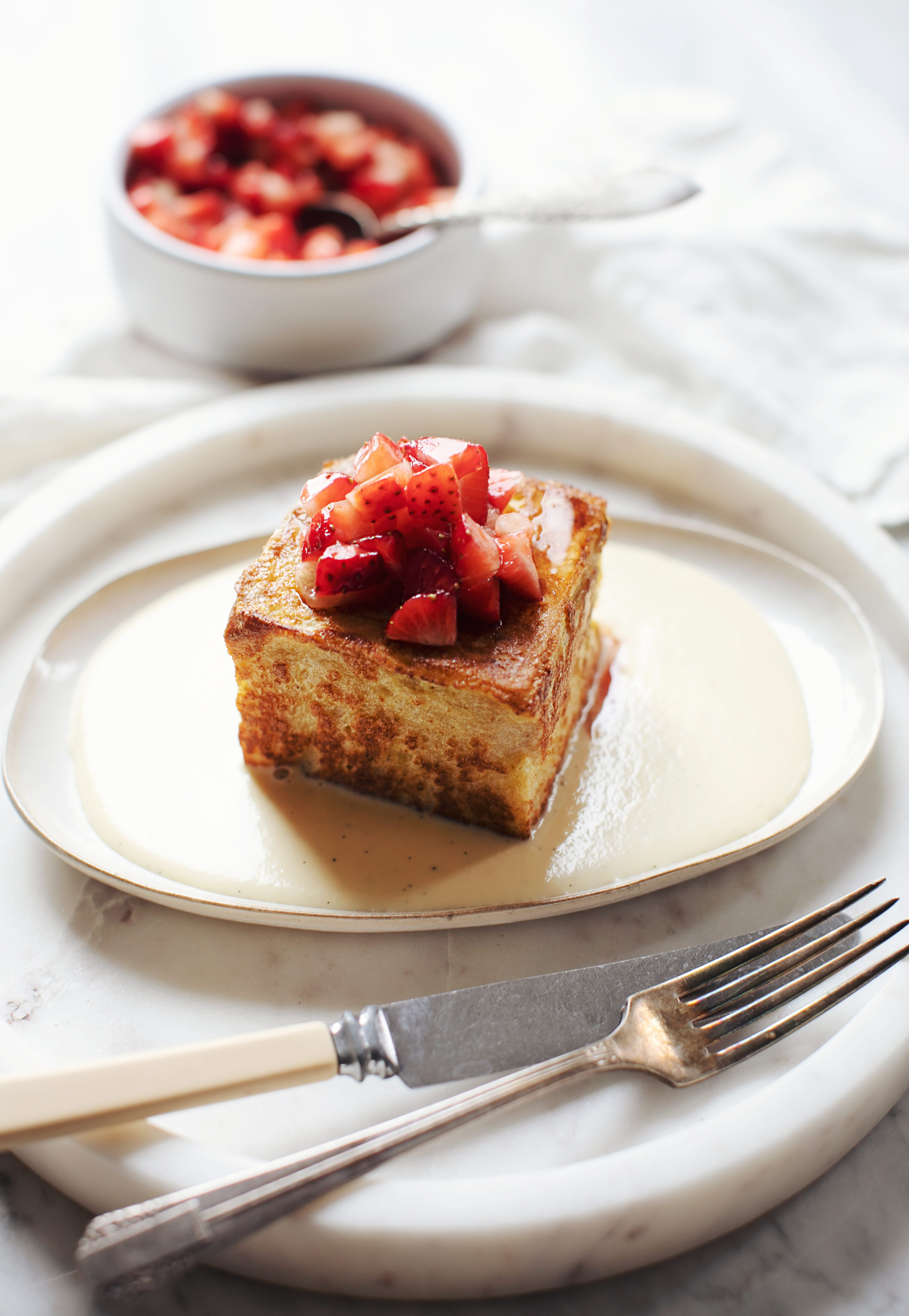

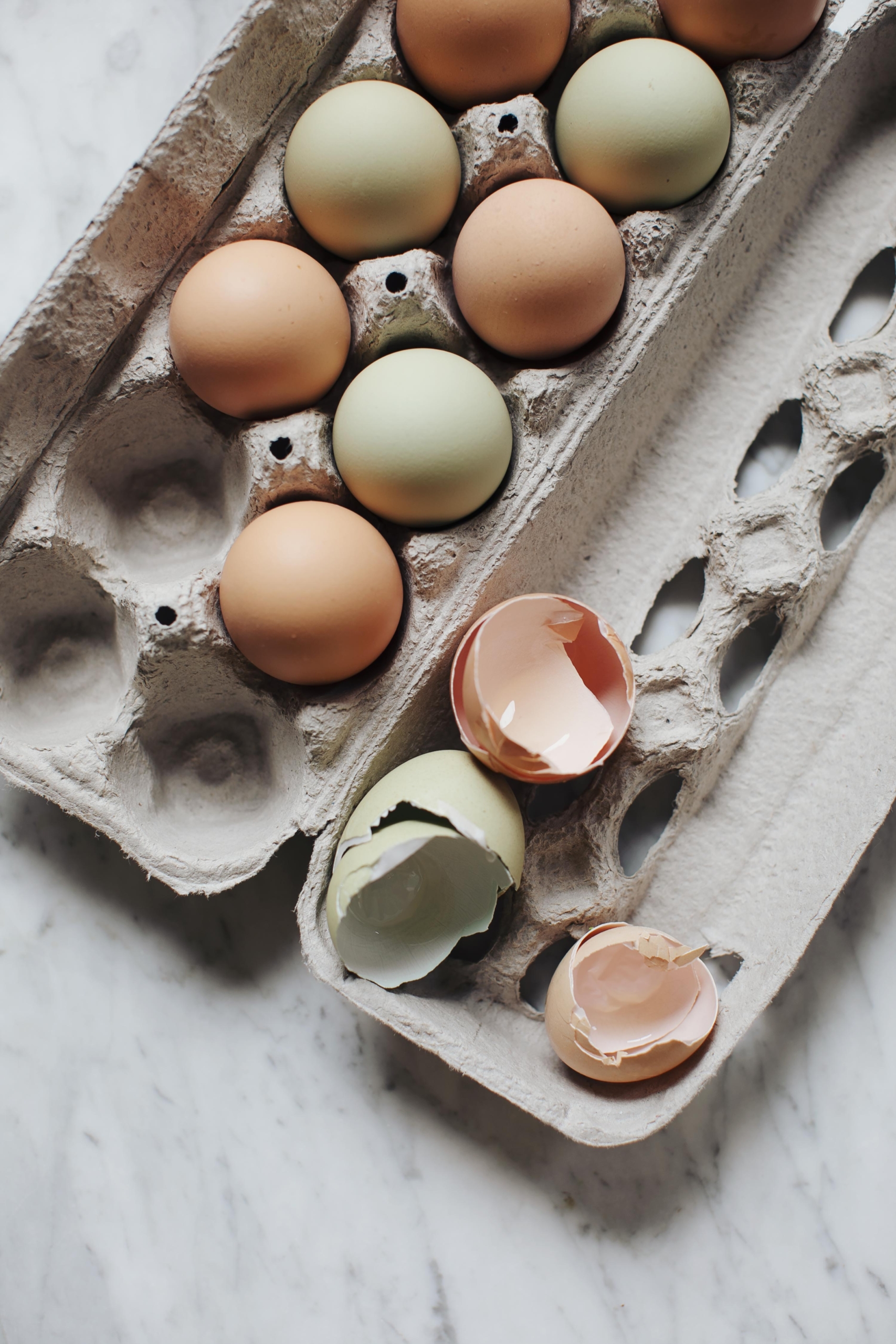
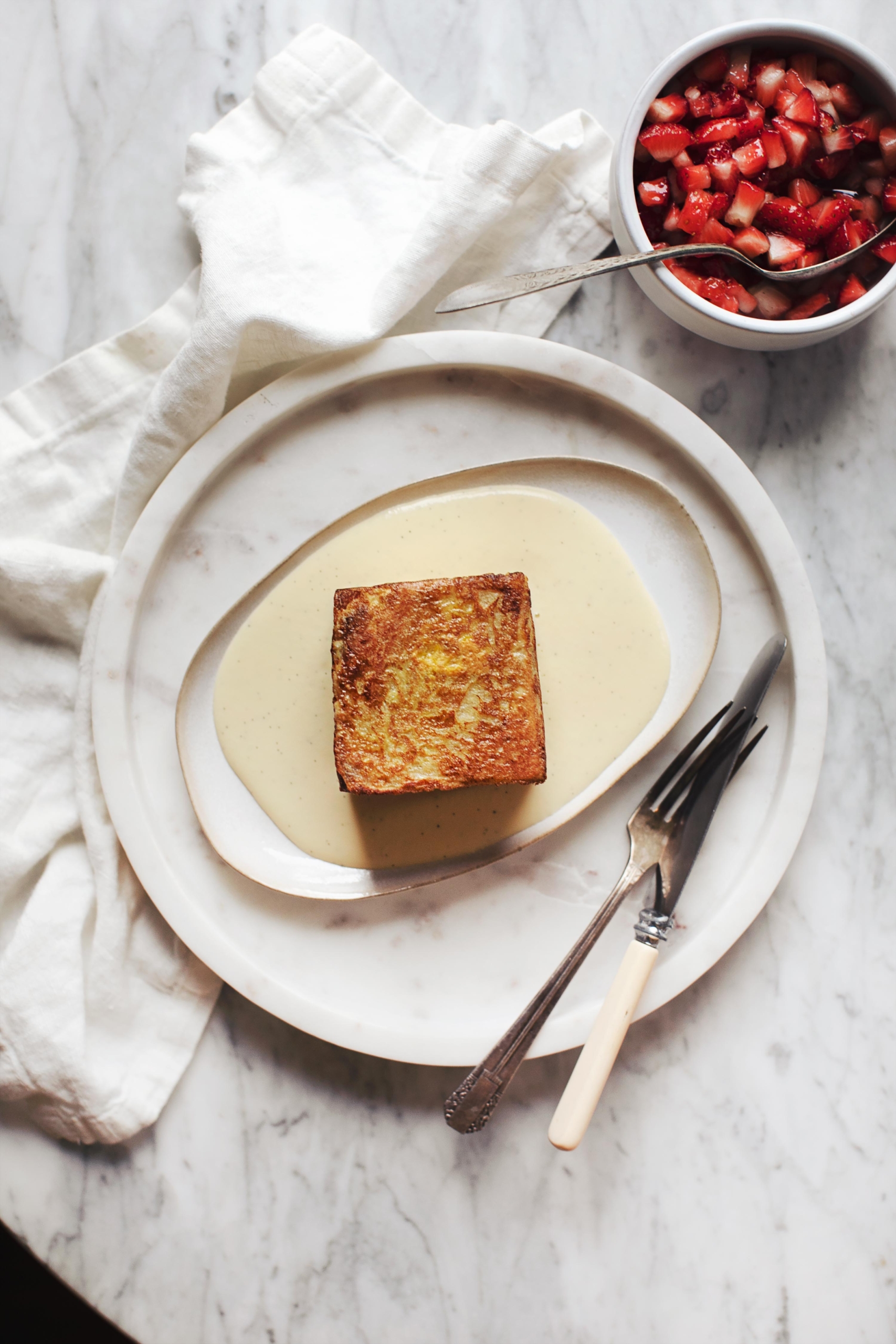
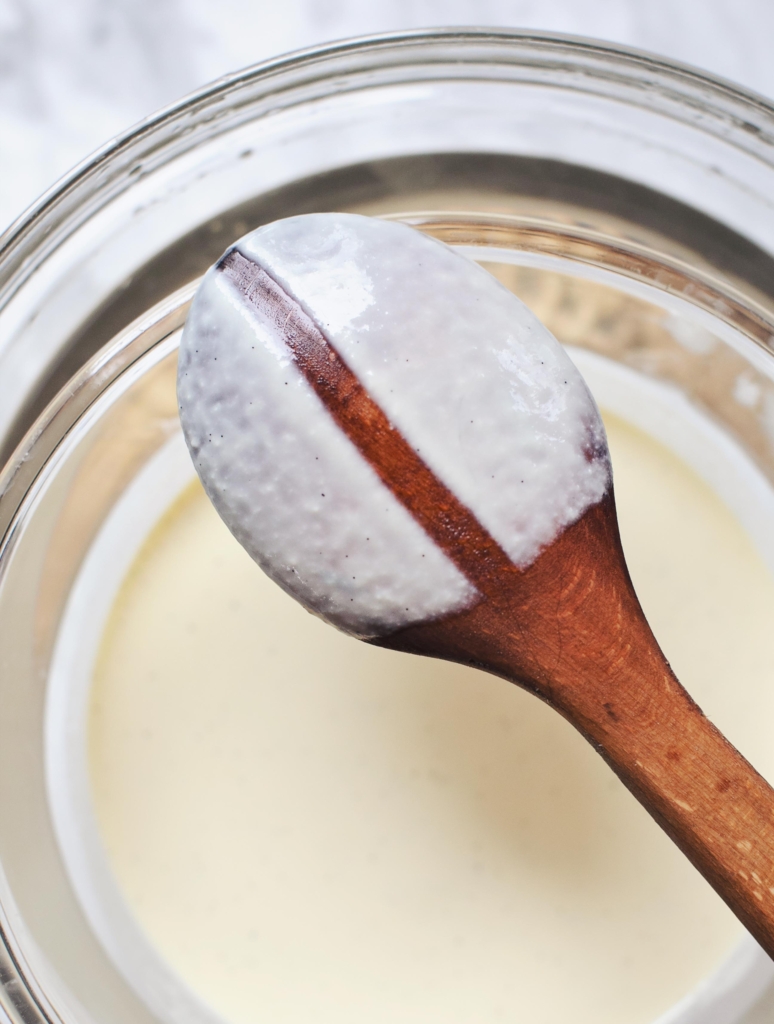

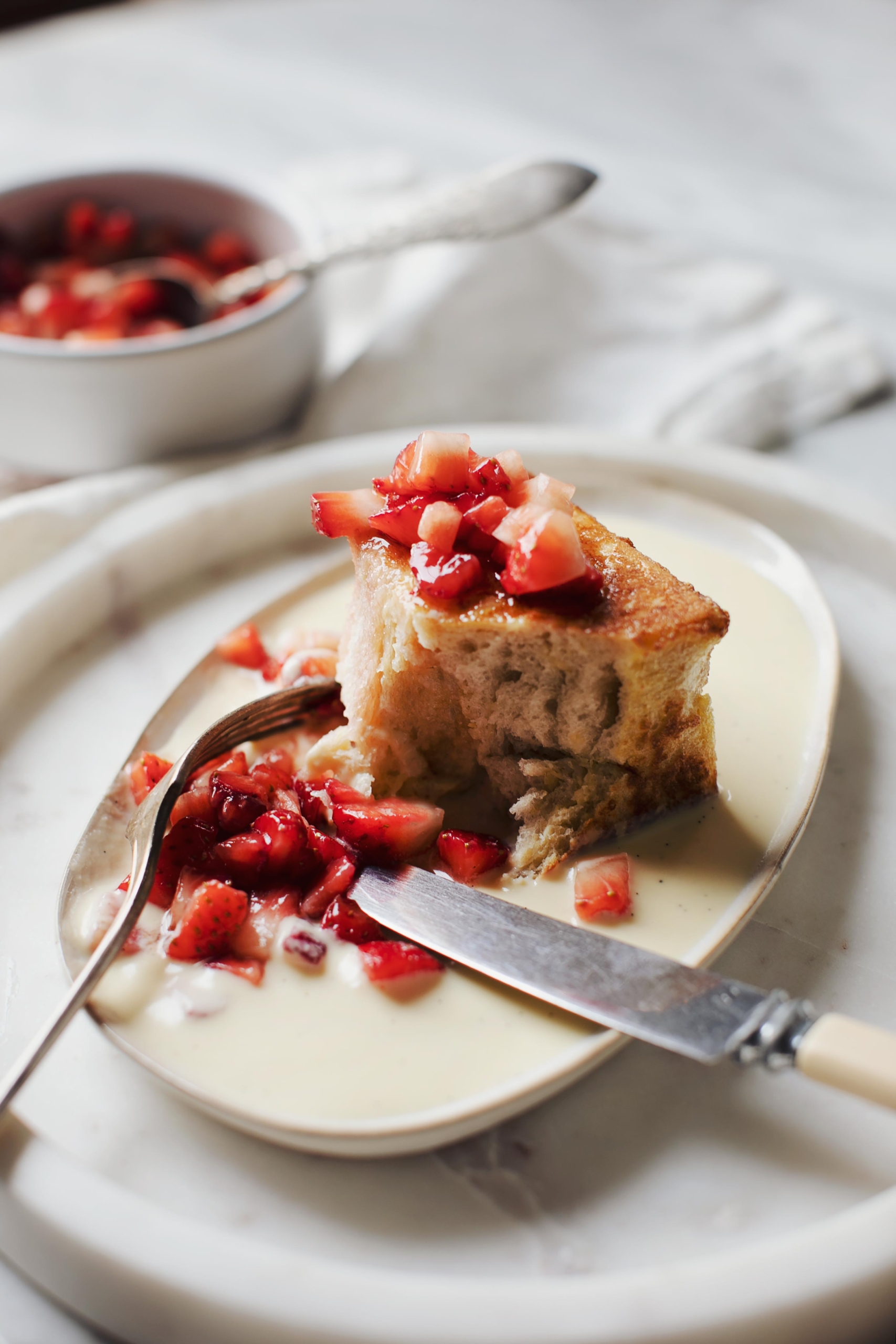
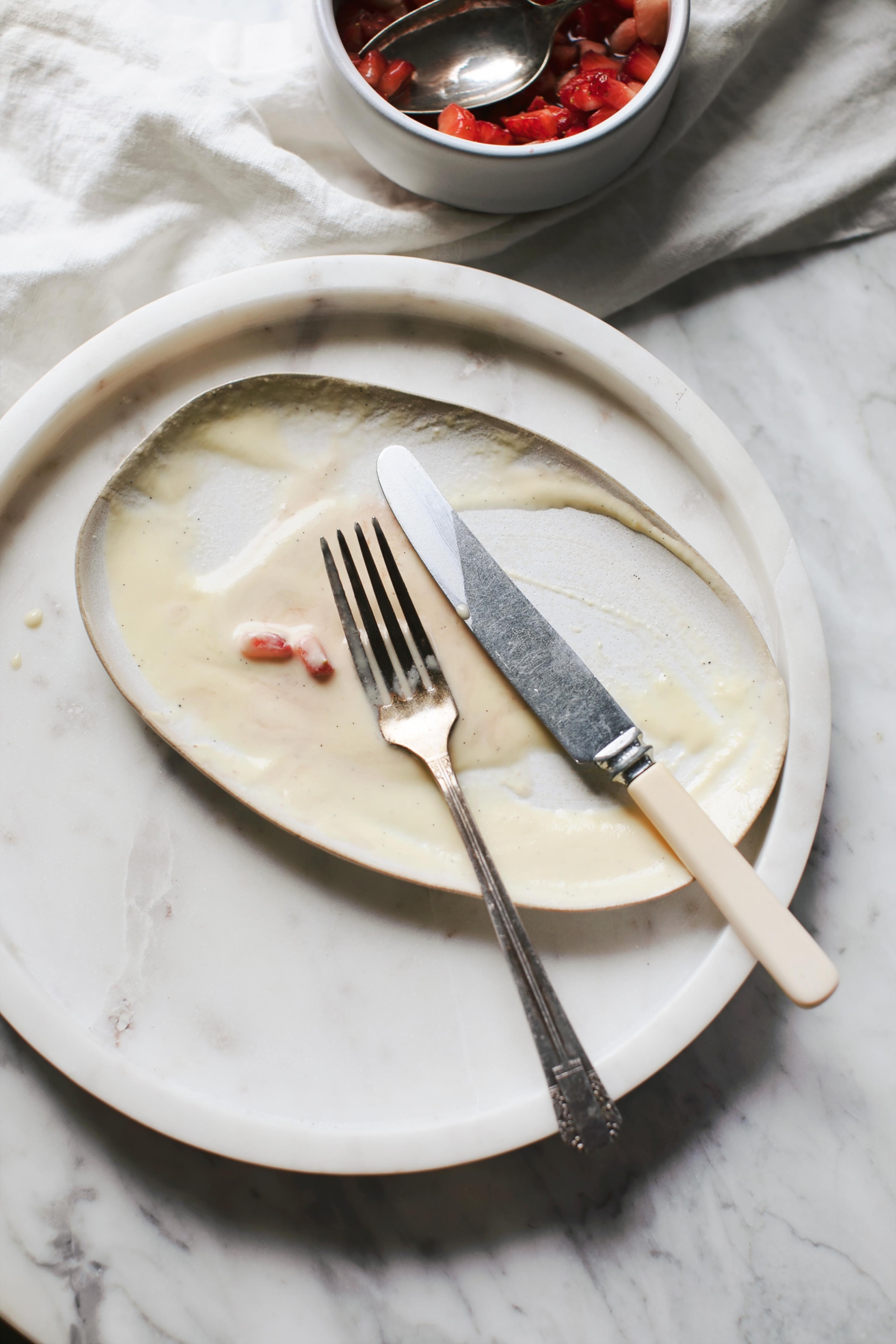











 Using coconut sugar in the topping adds an incredible depth of flavour and complexity that I suggest you don’t miss out on – it brings so much more to the party than plain old brown sugar.
Using coconut sugar in the topping adds an incredible depth of flavour and complexity that I suggest you don’t miss out on – it brings so much more to the party than plain old brown sugar. 







